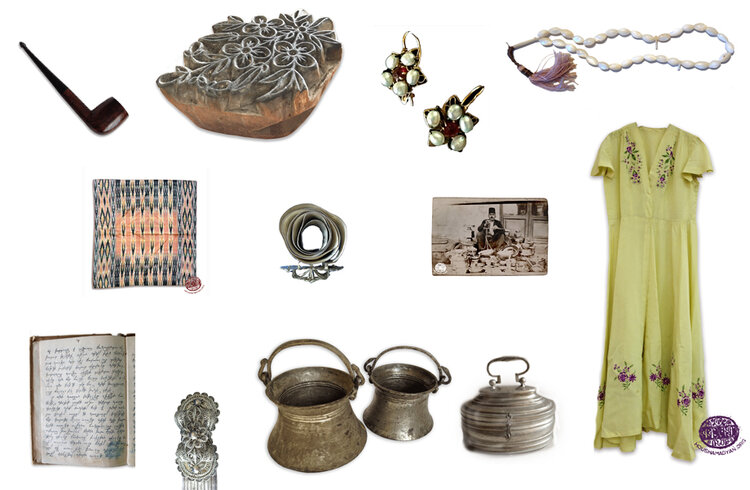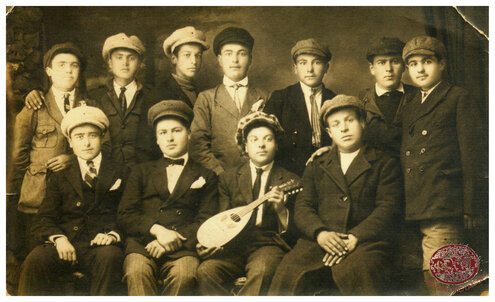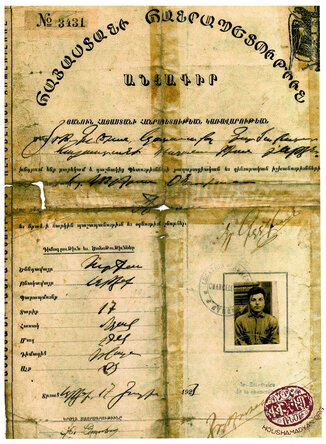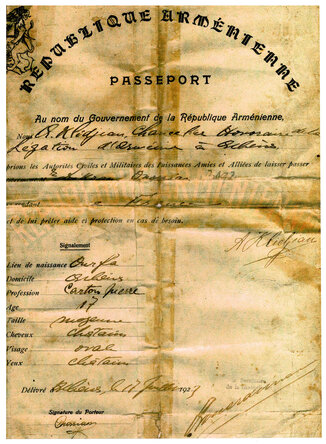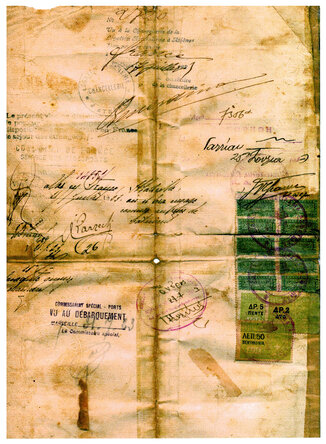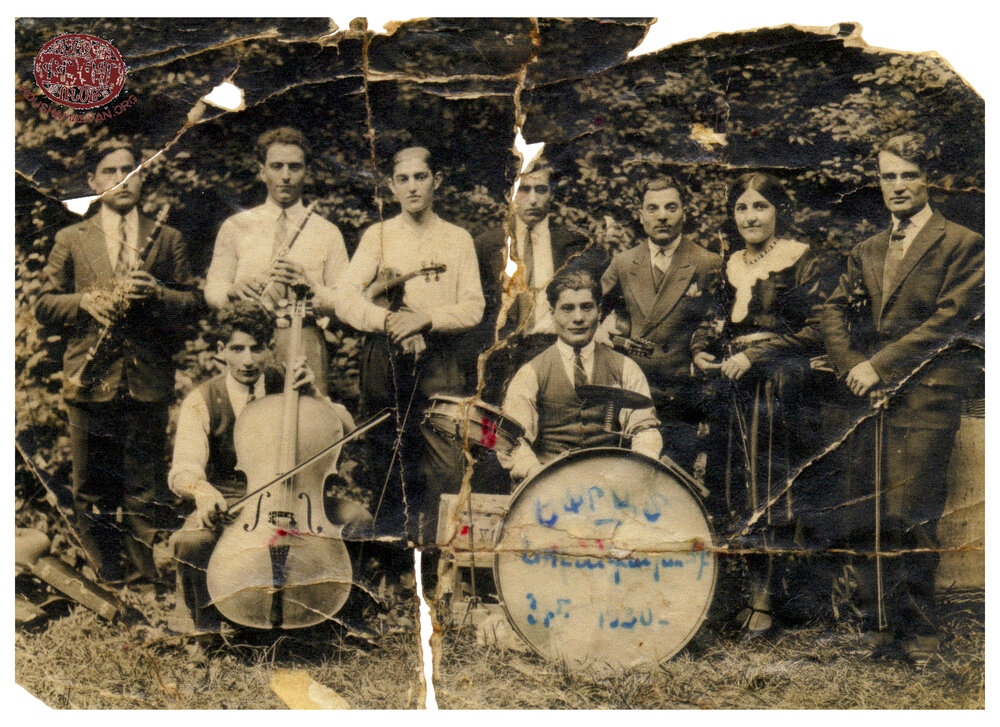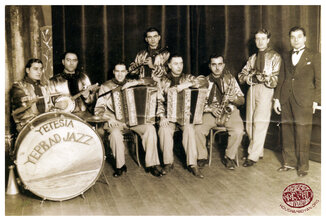Jean-Christian Onossian collection - Paris, France
This collection was submitted to us by Jean-Christian Onossian, and contains photographs that once belonged to his mother and father.
His mother, Yeranouhi (nee Balabanian) hailed from city of Stanos, located to the west of Ankara. The city was also known by the names of Stanoz and Istanoz, and is currently called Yenikent.
His father, Dikran, was born in Ourfa/Urfa, in 1904, to Khatoun (nee Tashdjian) and Kevork Onossian. Aside from Jean-Christian, Dikran and Yeranouhi had three children – Kohar, Armenag, and Mihran. The family lived in the Armenian neighborhood of Ourfa, near the Virgin Mary Cathedral. Kevork Onossian (Dikran’s father) was a cobbler by trade. Dikran was the only member of his family to survive the Armenian Genocide. At first, after the massacres, he lived in hiding in Ourfa, but was later found by the local authorities and placed in a Turkish orphanage. After the end of the war, he was transported to Istanbul, and spent some time at the erstwhile Military Secondary School (Kuleli İdadîsi) in the Çengelköy district, which had been transformed into an orphanage for Armenian children by British occupation forces. In 1919, alongside several other orphans, he was moved from Istanbul to the port of Batumi, then to the city of Alexandropol (modern-day Gyumri), in the young Republic of Armenia. Later, he moved again to the city of Nor Bayazid (modern-day Gavar), on the shores of Lake Sevan. In that city, an agricultural school had been established for the surviving orphans of Armash (in the Ottoman Province of Izmit). Dikran enrolled in that school.
The Independent Republic of Armenia did not survive for long. The situation during the initial phases of the Sovietization of the country was chaotic. Dikran, alongside some other orphans, decided to leave the orphanage and make their way to Europe.
After a journey fraught with adventures, they reached Batumi, where they boarded a ship that took them to Greece. In 1923, Dikran was able to secure a passport from the representation of the Armenian Republic in Greece, thanks to which he was granted passage to France.
Dikran eventually reached Marseilles. He was 17 years old. He made a living as a porter working on the docks. Around this time, he bought his first mandolin, which he enjoyed playing in his spare time. Six months after his arrival, Dikran was offered a new opportunity, and he moved to Castelsarrasin, where he worked as a painter. In the town, he found a large community of Armenian migrants from Stanos. There, he also met and fell in love with Yeranouhi, his future wife (born in Stanos, in 1910). At the time, she was 14 years old, and he was 20. Yeranouhi and her family had left Stanos for good in the late 1920s.
Dikran’s work soon took him to Paris, where he launched a new career as a hairdresser. He married Yeranouhi in 1927, and had two sons – Jirair and Ohanness/Jean-Christian. Dikran passed away in 1961, and Yeranouhi in 1989.
Students of the agricultural school/orphanage on the shores of Nor Bayazid (modern-day Gavar), 1920, during the years of the Armenian Republic. Dikran Onossian was also enrolled in this establishment. In the upper portion of the photograph, the flag of The Armenian General Athletic Union (HMEM) is visible.
